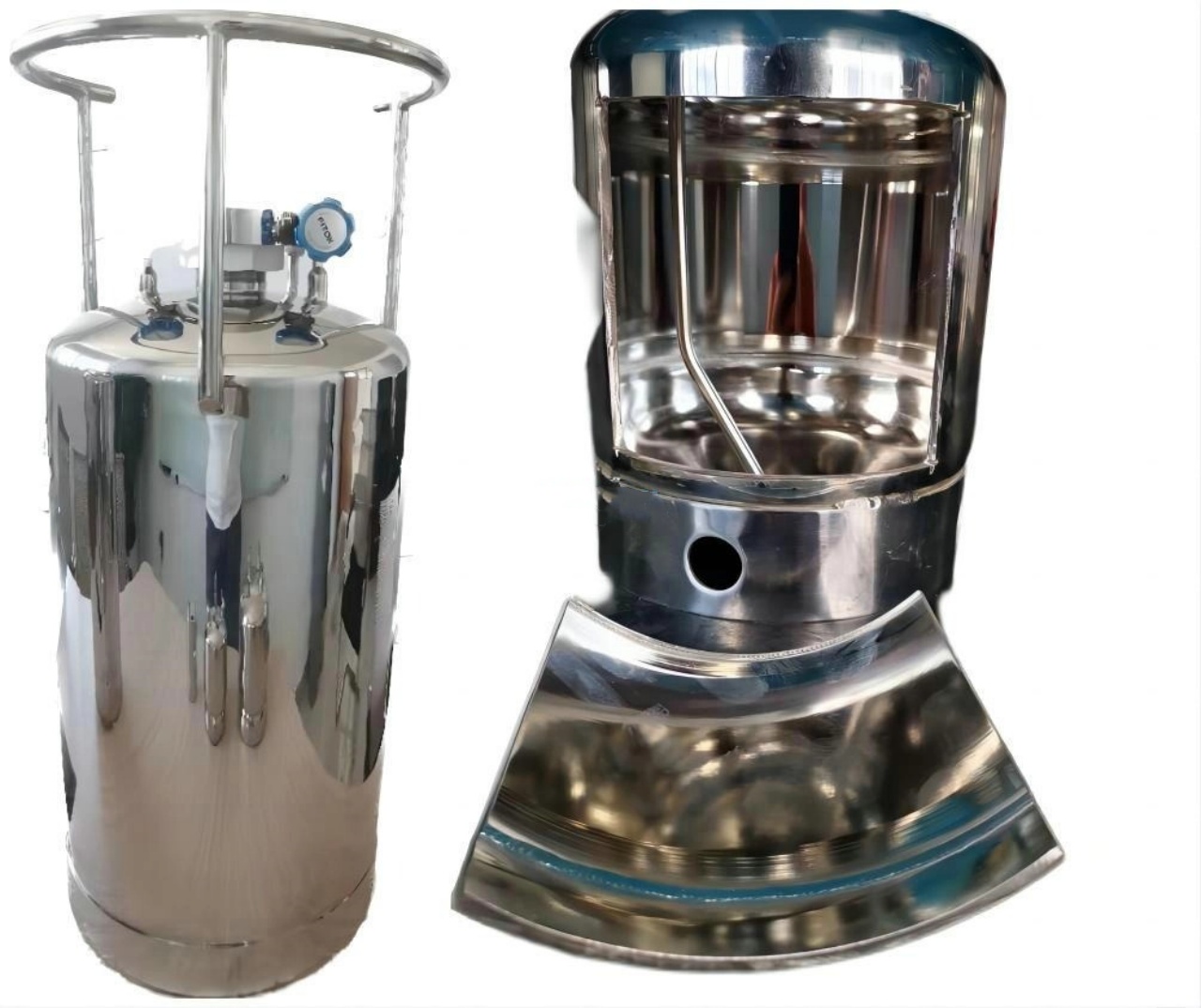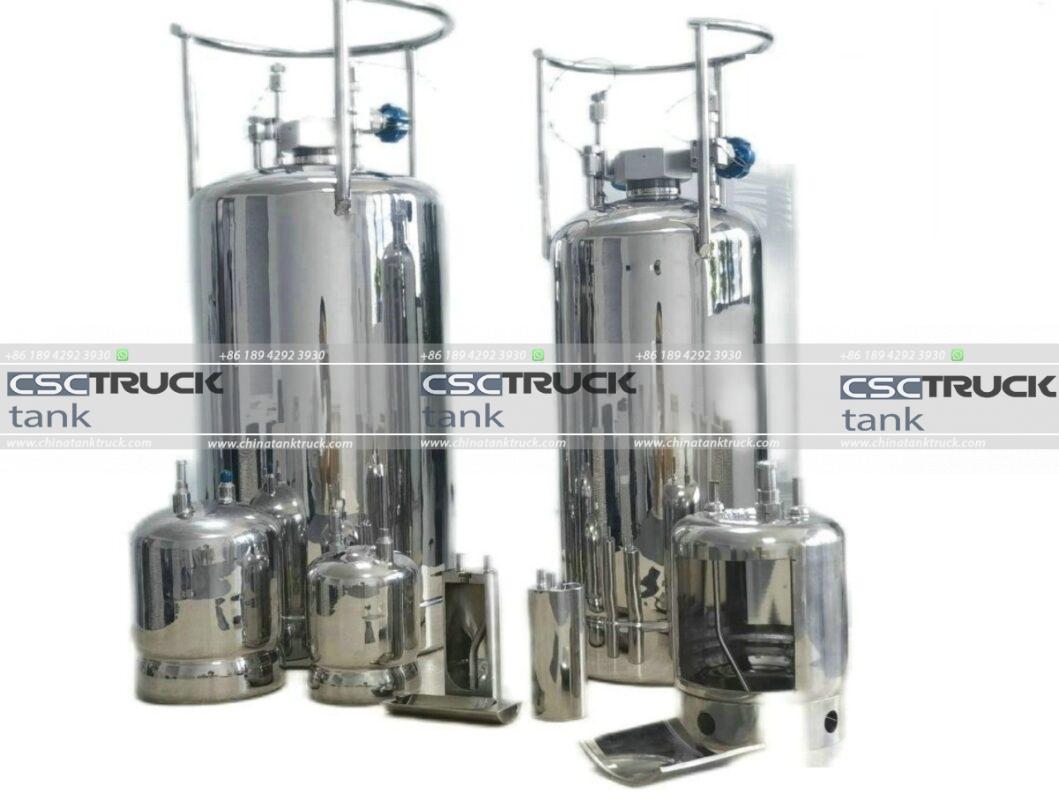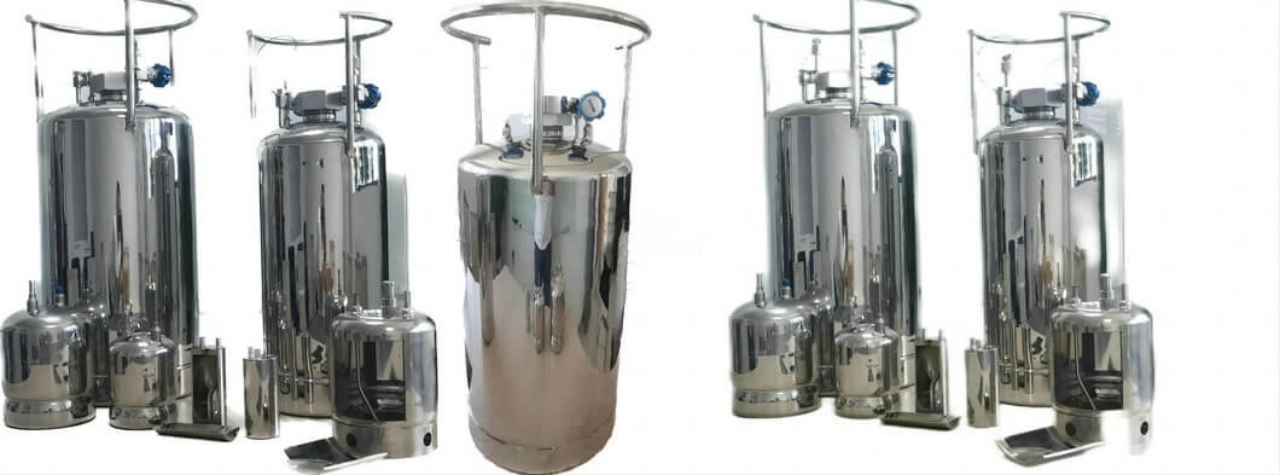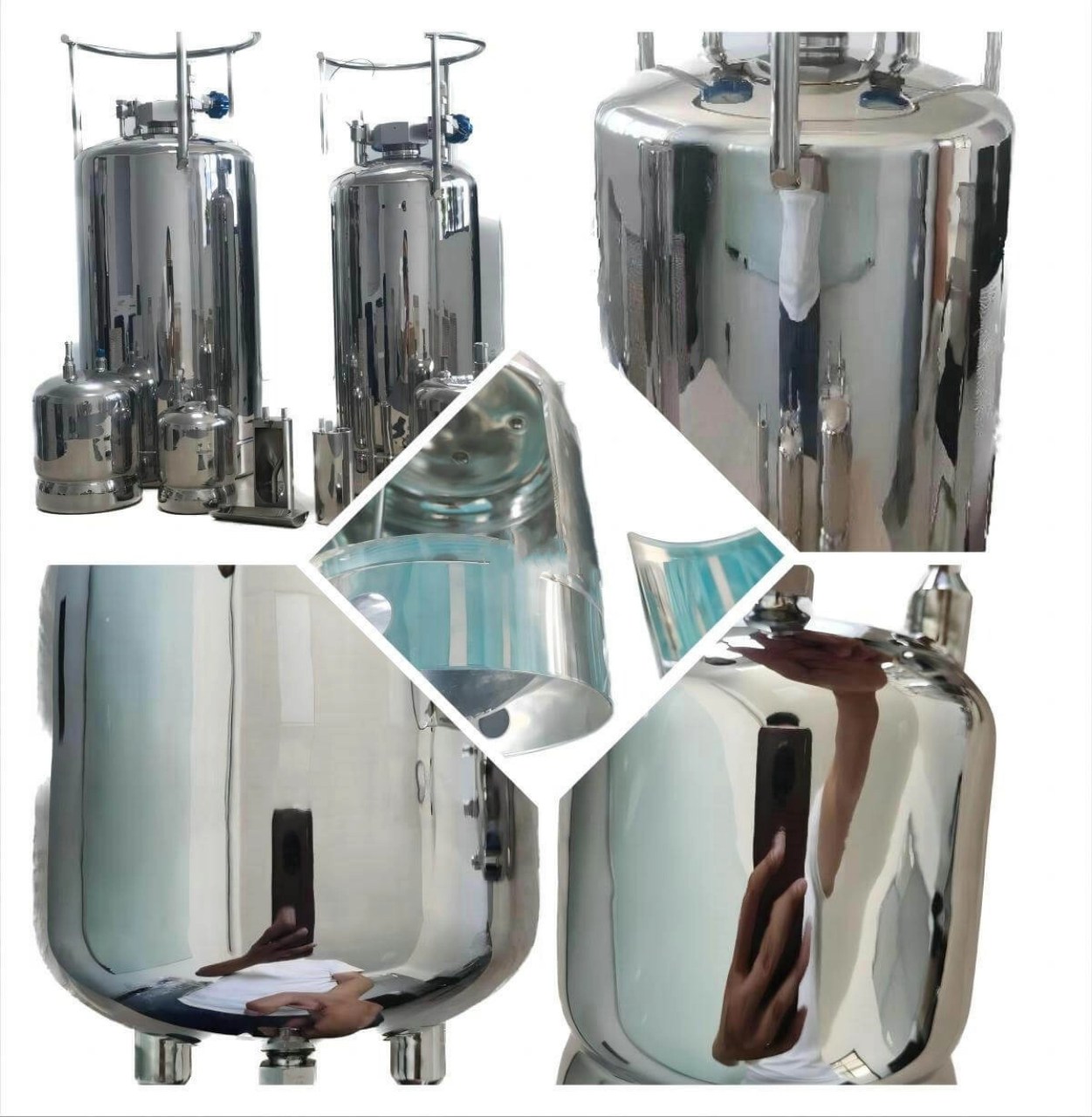Industrial Gas Cylinders: Types, Uses & Safety Features for Industrial Gas Storage and Transport
Industrial gas cylinders play a pivotal role in various industries by providing a safe and efficient means to store and transport gases. These cylinders are designed to meet stringent standards and offer a wide range of benefits, including versatility, durability, and enhanced safety. This article explores the types, uses, and safety features of industrial gas cylinders, shedding light on their critical role in modern industrial operations.
Types of Industrial Gas Cylinders
Industrial gas cylinders vary based on their construction, intended use, and the type of gas they store. Below are the main types:
- High-Pressure Cylinders
- Description: These cylinders are designed to store gases such as oxygen, nitrogen, argon, and compressed air at high pressures, typically ranging from 150 to 300 bar.
- Materials: Made of steel or aluminum, they are designed to withstand significant pressure.
- Uses: Commonly used in welding, medical applications, and industrial manufacturing processes.
- Low-Pressure Cylinders
- Description: These are used for gases stored at lower pressures, such as propane, butane, and other liquefied petroleum gases (LPG).
- Materials: Often made from robust steel with protective coatings to prevent corrosion.
- Uses: Used in heating, cooking, and fuel applications for forklifts and other industrial vehicles.
- Cryogenic Cylinders
- Description: Designed to store liquefied gases like liquid oxygen (LOX), liquid nitrogen (LN2), and liquid argon (LAr) at extremely low temperatures.
- Materials: Double-walled stainless steel construction with vacuum insulation.
- Uses: Essential in medical, scientific, and industrial applications requiring extremely cold temperatures.
- Acetylene Cylinders
- Description: These cylinders store acetylene gas dissolved in a solvent, typically acetone, within a porous filler to prevent instability.
- Materials: Made with a special porous mass to ensure safe storage.
- Uses: Widely used in welding and cutting applications.
- Specialty Gas Cylinders
- Description: Designed for rare or specialized gases like helium, ammonia, or calibration gases.
- Materials: Customized depending on the specific gas properties.
- Uses: Used in laboratories, research facilities, and specialized industrial processes.
Uses of Industrial Gas Cylinders
Industrial gas cylinders serve a variety of functions across numerous sectors, highlighting their versatility and importance:
- Manufacturing
- Welding and cutting require oxygen and acetylene or propane.
- Shielding gases like argon and CO2 are used in arc welding processes.
- Medical Industry
- Oxygen cylinders are indispensable in hospitals and emergency medical services.
- Nitrous oxide is used for anesthesia.
- Chemical Industry
- Gases like ammonia and chlorine are used in chemical synthesis.
- Specialty gases are used for process control and instrumentation.
- Energy Sector
- LPG and CNG are used as fuel for industrial machinery and vehicles.
- Hydrogen is gaining traction in fuel cell technology for clean energy.
- Food and Beverage Industry
- Carbon dioxide is used in carbonation and packaging.
- Nitrogen is employed in preserving freshness and creating modified atmosphere packaging.
- Research and Development
- Specialty and calibration gases are critical for scientific experiments and instrument calibration.
- Construction
- Gases like acetylene and propane are used for cutting and heating materials.
Safety Features of Industrial Gas Cylinders
Safety is paramount when dealing with industrial gas cylinders. Manufacturers integrate numerous features and adhere to stringent guidelines to ensure user and environmental safety.
- Material Strength and Durability
- Cylinders are made from high-grade steel or aluminum to withstand high pressures and impacts.
- Cryogenic cylinders use vacuum-insulated double walls to prevent heat transfer.
- Pressure Relief Devices (PRDs)
- PRDs, such as burst disks or pressure relief valves, prevent over-pressurization by releasing gas safely if pressure exceeds the design limits.
- Valve Protection
- Protective caps or collars shield the cylinder valve from damage during handling and transportation.
- Valves are equipped with non-return mechanisms to prevent backflow.
- Color Coding and Labeling
- Cylinders are color-coded according to international standards for easy identification.
- Labels provide critical information, including gas type, pressure, and safety precautions.
- Porous Material in Acetylene Cylinders
- Acetylene cylinders include a porous filler and solvent to stabilize the gas and prevent explosions.
- Thermal Insulation
- Cryogenic cylinders use advanced insulation to maintain low temperatures and minimize boil-off rates.
- Regular Inspection and Testing
- Cylinders undergo periodic inspections, hydrostatic testing, and ultrasonic examinations to ensure structural integrity and compliance with safety standards.
- Transport and Handling Features
- Cylinders come with ergonomic handles and trolleys for safe transport.
- DOT and ISO standards ensure cylinders can withstand rough handling during shipping.
Safe Practices for Using Industrial Gas Cylinders
In addition to built-in safety features, users must follow specific practices to ensure safe operation:
- Storage
- Store cylinders in a well-ventilated, dry, and secure area away from heat sources and flammable materials.
- Use proper racks or chains to prevent cylinders from tipping over.
- Handling
- Always transport cylinders with protective caps in place.
- Use appropriate equipment like cylinder trolleys to avoid manual lifting.
- Usage
- Ensure the correct regulator and fittings are used for each type of gas.
- Never tamper with safety devices or modify the cylinder.
- Inspection
- Regularly check cylinders for dents, corrosion, or leaks.
- Report and replace damaged cylinders immediately.
- Training
- Train personnel on proper handling, storage, and emergency procedures.
- Provide Material Safety Data Sheets (MSDS) for all gases used.
- Emergency Preparedness
- Have fire extinguishers and first aid kits readily available.
- Develop and communicate emergency response plans.
Future Trends in Industrial Gas Cylinders
The industrial gas cylinder market is evolving with advancements in technology and a focus on sustainability:
- Lightweight Materials
- Composite materials are increasingly being used to reduce cylinder weight and improve portability.
- Digital Monitoring
- Smart cylinders equipped with sensors can monitor pressure, temperature, and gas levels in real time, enhancing safety and efficiency.
- Sustainable Gases
- The adoption of green hydrogen and carbon capture technologies is driving demand for specialized cylinders.
- Enhanced Cryogenic Technology
- Innovations in cryogenic cylinders are improving storage efficiency and reducing gas loss.

Industrial gas cylinders are indispensable tools across various industries, offering reliable and efficient solutions for gas storage and transportation. By understanding their types, uses, and safety features, businesses can maximize their utility while ensuring the safety of personnel and operations. As technology and sustainability initiatives advance, industrial gas cylinders will continue to adapt, meeting the ever-growing demands of modern industries.



